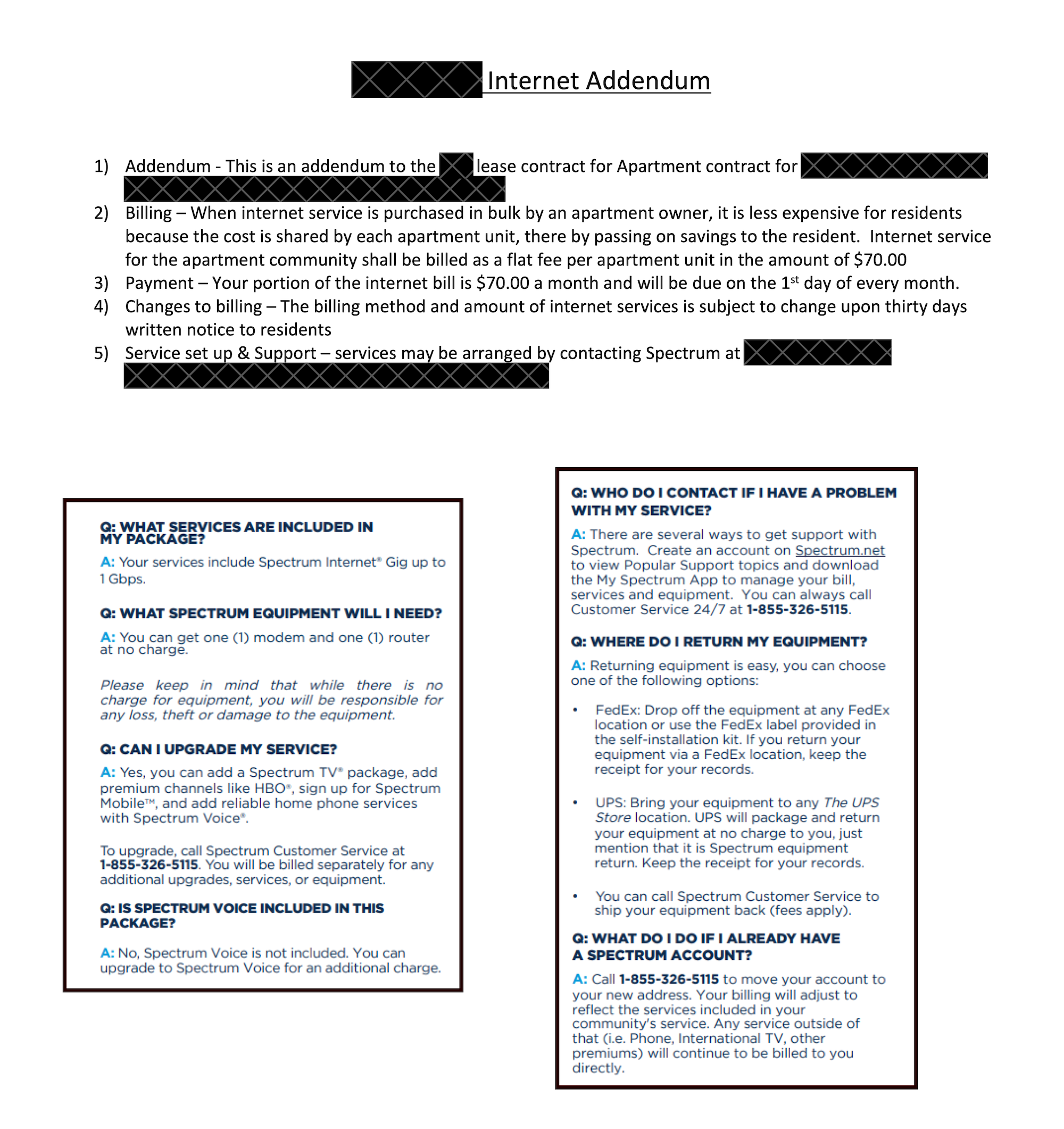Improving Wi-Fi Connection and Performance in Multi-Unit Environments for Optimal User Contentment
Improving Wi-Fi Connection and Performance in Multi-Unit Environments for Optimal User Contentment
Blog Article
In today's world, maintaining a robust and dependable Wi-Fi signal is essential, especially in multi-unit settings like flats or condominiums. Many individuals rely on the network for employment, education, and leisure activities. However, Wireless signals can have difficulty to extend to every area of these buildings due to various obstacles. These obstacles can include partitions, levels, and other digital equipment that interfere with the signal. To enhance Wi-Fi connectivity and performance in these settings, it is important to grasp some basic principles of wireless networking.
One effective way to boost Wi-Fi performance is by intelligently positioning routers and access points throughout the building. A central placement is usually ideal, as it allows the coverage to travel evenly in all directions. In spacious multi-unit residences, several access points may be necessary. These devices assist increase the reach of the Wi-Fi network and deliver stronger coverage to residents in different parts of the building. Additionally, using devices that adhere to the current Wi-Fi protocols can result in higher speeds and enhanced overall performance.
Another important aspect in optimizing wireless connectivity is minimizing disruption from other electronics. Many domestic appliances, such as microwaves and cordless phones, can disrupt Wi-Fi transmissions. It is advisable to keep modems away from these devices to maintain a clearer connection. Additionally, adjusting the channel configuration on a device can help minimize conflict from neighboring networks. The majority of devices by default choose the most suitable channel, but individually choosing a less crowded one can enhance efficiency.
Regularly refreshing device firmware is also crucial for maintaining optimal Wi-Fi stability. Manufacturers routinely issue updates that resolve bugs and improve protection features. Keeping the software up-to-date ensures that residents benefit from the most recent improvements and protections against possible find out here now threats. Furthermore, monitoring bandwidth usage helps identify which endpoints consume more resources, enabling better management of existing resources.
Finally, informing residents about proper usage for using wireless networks can greatly improve their experience. Basic steps such as pairing only necessary units, using wired links when possible, and routinely rebooting the router can make a difference. By fostering a culture that understands how to maximize their try this out Wi-Fi efficiency, multi-dwelling residences can enhance resident satisfaction and guarantee that all users enjoys a reliable Wi-Fi connection. This combined method of strategic deployment, minimizing conflict, maintaining hardware, and educating residents will result in a more reliable and enjoyable wireless experience for all occupants.